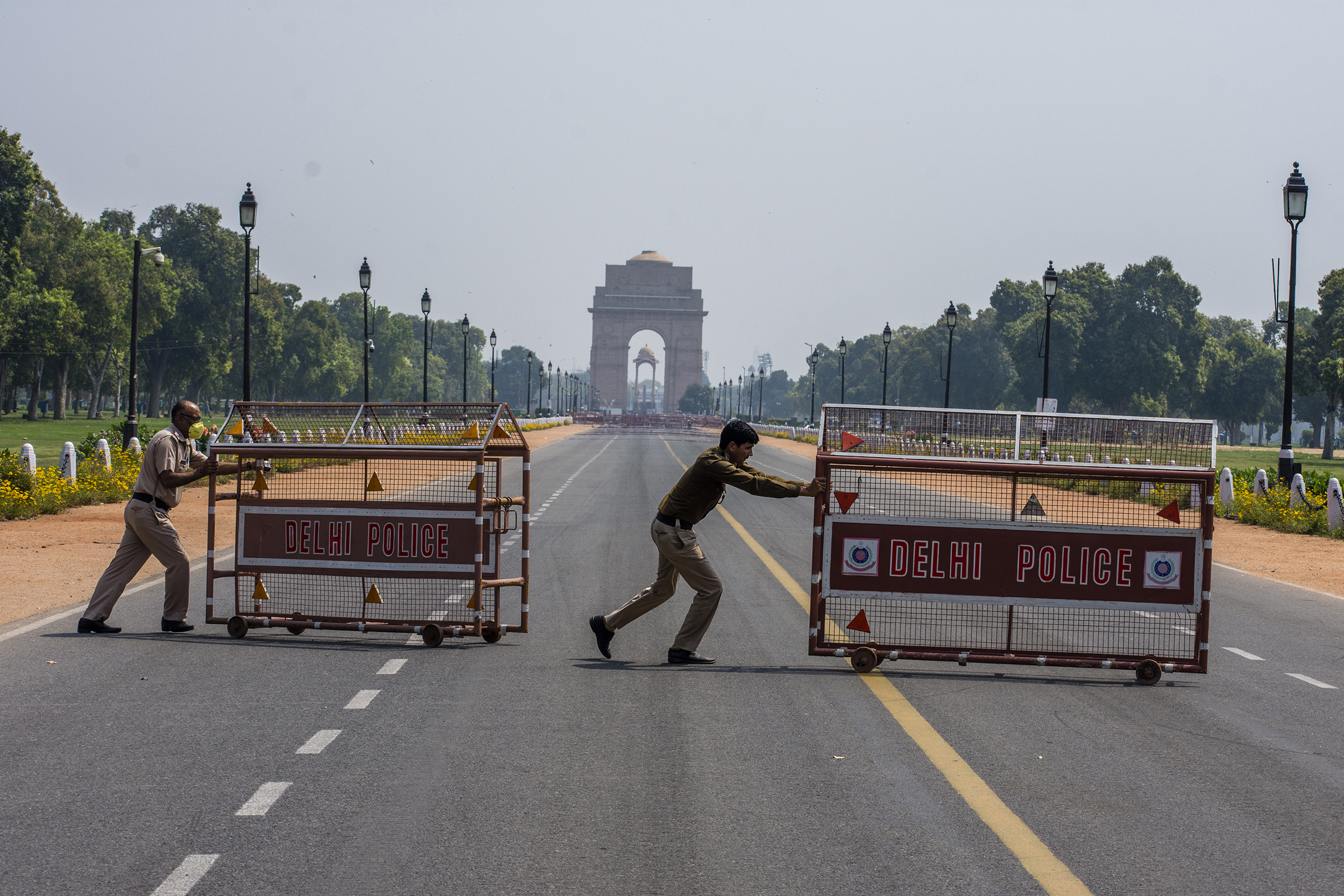

Others have said congregant settings remain a severe concern in a housing-constrained state, especially in low-income communities where residents live in tight quarters and must continue to work in-person to survive.

Some have blamed the strict rules themselves, saying that cooped-up Californians couldn’t take it any longer and decided they need to live their lives. They blamed celebrations and postseason viewing parties when the Dodgers and Lakers won championships this fall. In Los Angeles, officials have said all along that people were gathering too often. The website Covid Exit Strategy shows a 97 percent rise in Covid throughout California, which has gone in the opposite direction from its West Coast counterparts, Oregon and Washington. “If we have a surge on top of a surge,” she added, “we will definitely break.”Īt more than 100 new daily cases per 100,000 residents, California’s case rate is second only to that in Tennessee, according to the nonprofit tracking site Covid Act Now - though it’s a state that does not mandate mask wearing and allows indoor gatherings of up to 10 people.

All of our numbers are going in the wrong direction, and our reality is rather grim at the moment,” Santa Clara County public health officer Sara Cody said Wednesday. “We are facing a very, very difficult and very dangerous time in our county, in our region and in our state. It couldn’t come at a worse time, given that the Christmas and New Year’s holidays have arrived, and officials fear that residents are even more likely to travel and congregate than during the Thanksgiving period that propelled the current trends. But it is hard to pinpoint one single factor - and equally hard to find a silver bullet. They can point to any number of reasons that contributed to California’s surge over the past several weeks. This timeline tracks many of the significant inflection points of the past year - from debates about whether religious services should be allowed, to coronavirus outbreaks in prisons, to a now infamous dinner at the French Laundry - as California struggled to outmaneuver the coronavirus pandemic.The turnabout has confounded leaders and health experts. ”The virus is not going away anytime soon,” Newsom said at the time. What started with a small spark quickly became an inferno - killing tens of thousands, sickening millions and completely upending the entire state’s way of life.Īt a July 2020 press conference, Newsom ordered businesses to close (again) after the number of hospitalizations in the state had nearly doubled following a June 12 decree that some businesses could reopen. In the year since, the coronavirus pandemic has burned through California like a wildfire. Less than two weeks later, schools across the state would shutter and, shortly after that, California entered the first of several stay-at-home orders. Gavin Newsom to declare a state of emergency to allow the state to respond faster to health worker needs.


 0 kommentar(er)
0 kommentar(er)
